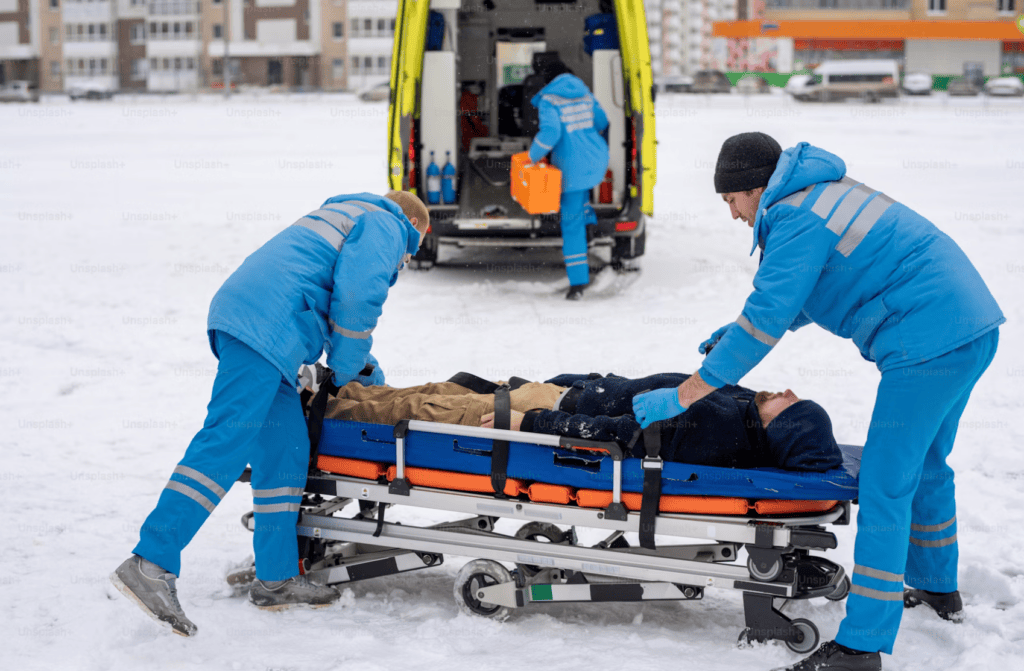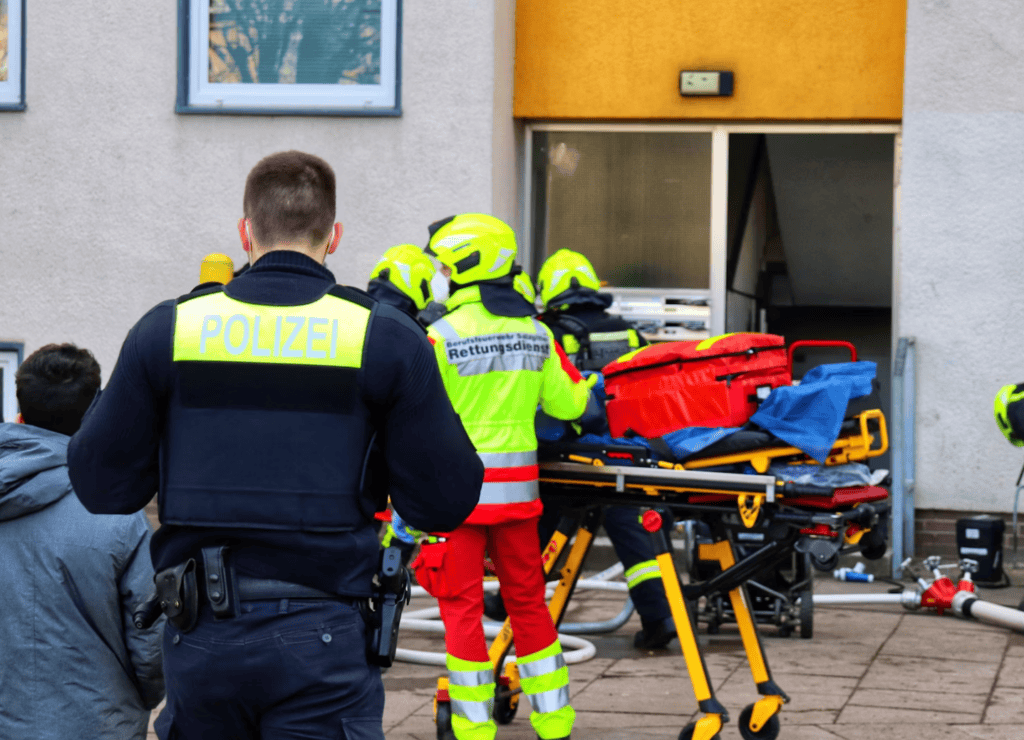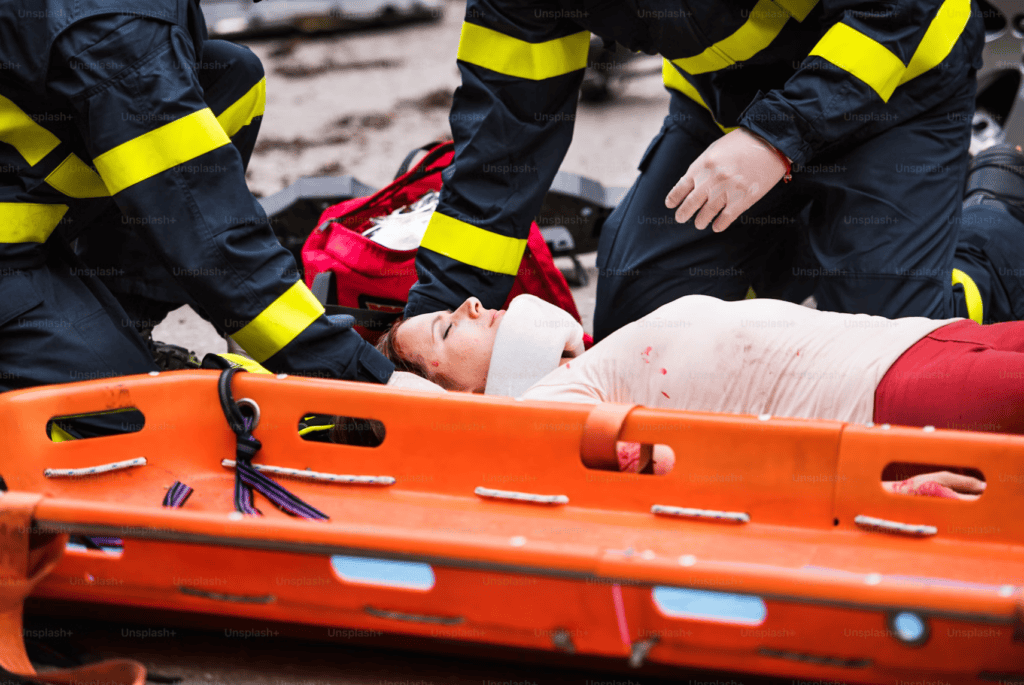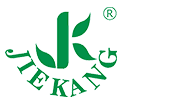Introduction: Why the Right Ambulance Stretcher Matters
In emergency medicine, few tools are as indispensable as the ambulance stretcher. Whether you’re responding to a highway accident or transferring a critical patient from ICU, the right stretcher ensures smooth, stable, and safe transport.
At Jiekang, we’ve worked with hospitals and EMS fleets worldwide to improve stretcher reliability under pressure. This guide covers:
- Key stretcher types and differences
- Must-have features for medical teams
- Signs it’s time to upgrade
- How to choose the right model for your team

What Is an Ambulance Stretcher?
An ambulance stretcher—also known as a gurney—is a mobile platform used to transport patients from the point of injury to an ambulance, and into medical facilities.
These stretchers are designed with:
- Foldable leg frames for loading
- Lockable caster wheels
- Safety straps
- Shock-absorbing mattresses
- Height adjustment mechanisms
Modern ambulance stretchers integrate with rescue stretcher systems to form complete pre-hospital care solutions.

Four Main Types of Ambulance Stretchers
At Jiekang’s product line, we manufacture a range of stretchers for various emergency scenarios:
Manual Stretchers
Rugged, low-maintenance, operated via hand controls or foot levers. Perfect for budget-conscious fleets and general use.
Auto-Loading Stretchers
These fold automatically into ambulances with spring support, reducing strain on responders.
Stair/Compact Stretchers
Foldable models designed for tight spaces or stairwell evacuations. Many hospitals use them in combination with main stretcher systems.
Key Features to Look For
When choosing a stretcher, evaluate based on:
| Feature | Purpose |
|---|---|
| Load Capacity | Standard is ~250kg, bariatric models support more |
| Folding System | Manual vs. gas-spring vs. electric |
| Backrest Adjustment | Improves comfort and supports respiratory patients |
| Strap System | Secure 3-point or 5-point harness to prevent movement |
| Mattress Quality | Should be waterproof, fire-retardant, and easy to sanitize |
| Ambulance Lock Compatibility | Must integrate with vehicle base safely |
Also consider local conditions. For example, in rural zones with uneven terrain, scoop stretchers may be used in tandem for immobilization before loading.

When to Replace Your Ambulance Stretcher
Some signs it’s time to upgrade include:
- Loose or rusted frame joints
- Delayed folding response
- Mattress deformation
- Difficulty locking into ambulance rails
- Weight limit no longer meets patient needs
Best Practices in Use
Using a stretcher isn’t just about transport—it’s about safety.
Dos:
- Strap patients in before movement
- Use wheel brakes during all transfers
- Clean with disinfectant after each use
- Train in manual override procedures
Don’ts:
- Lift alone—use two people minimum
- Overload beyond rated capacity
- Tilt patients without backrest control
- Ignore warning signs like squeaks or loose rails
Well-maintained stretchers protect both patients and paramedics.

Field Example: Efficient Response in an Urban Tunnel Crash
In April 2024, paramedics in Chongqing responded to a multi-vehicle pileup inside a tunnel. Low clearance and poor air quality made traditional tools impractical.
They deployed Jiekang’s foldable manual ambulance stretchers, combined with compact scoop stretchers for quick spinal support. Thanks to height-adjustable frames and smooth locking wheels, responders completed five extractions within 40 minutes—no additional spinal damage reported.
Why Choose Jiekang?
Jiekang has served emergency response teams in over 70 countries with:
- High-load stretchers with ergonomic design
- One-year warranty and lifelong support
- Customization for frame, padding, and locking systems
- Fast shipping and flexible procurement for global EMS partners
We don’t just build stretchers—we help teams build trust in the field.
Ready to Build Your Rescue Fleet?
Don’t wait for an emergency to expose outdated gear. Explore how our ambulance stretchers, scoop systems, and accessories can upgrade your preparedness.
Contact our team for recommendations, specs, or a formal quote—no commitment required.



